Gil Reid’s prized Auto Train watercolor

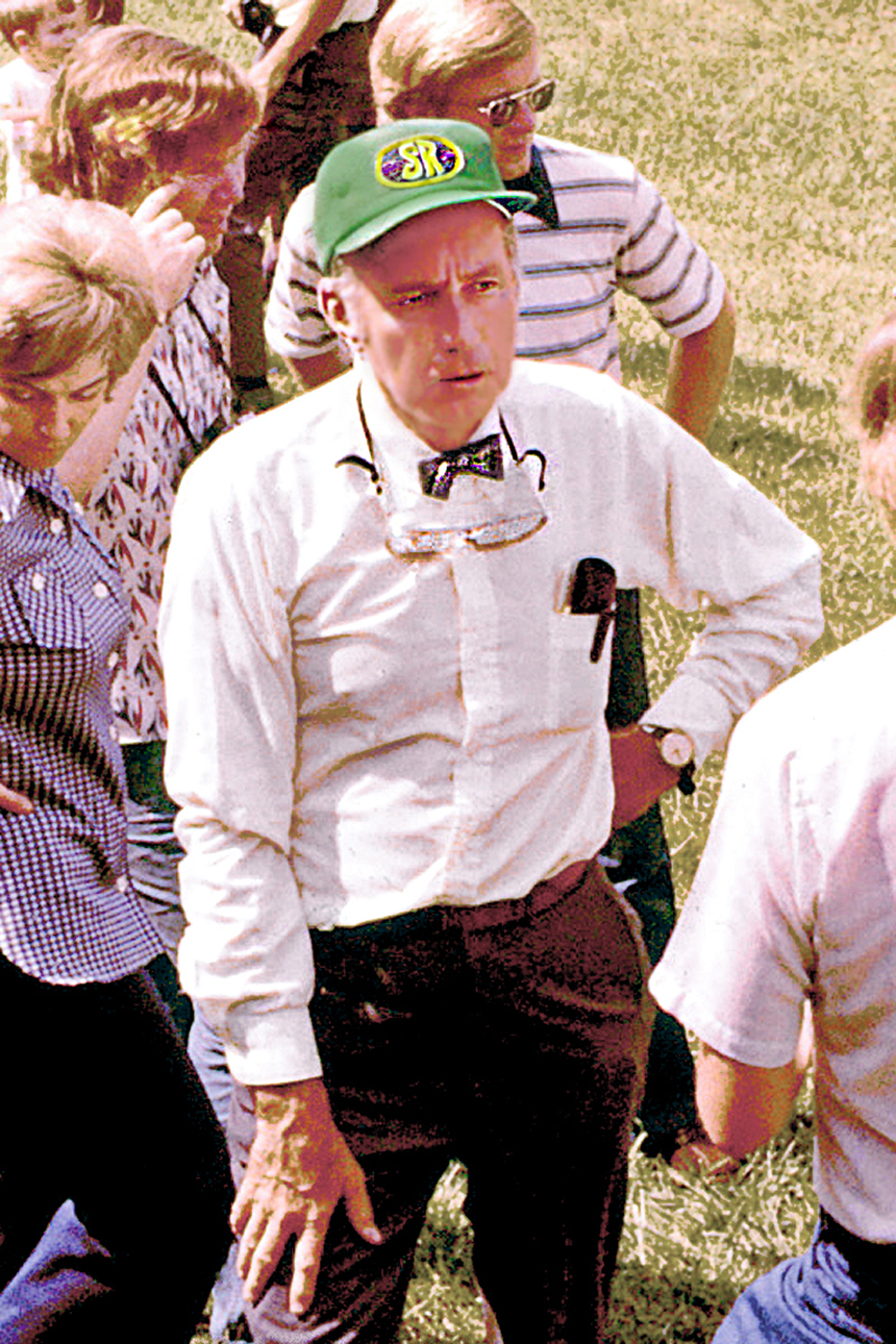
Wall calendars have always been an effective business advertising tool, and some of the most memorable and collectable have been products of the public relations departments of America’s railroads. Anxious to make establish the branding of its role as the newly formed National Railroad Passenger Corporation, Amtrak began producing some theirs shortly after they were open for business. It was only logical that since it was so closely associated with with the railroads of the Northeast Corridor, Amtrak called upon the talents of Pennsylvania Railroad artist, Gil Reid, who was later succeeded by A. Craig Thorpe. Reid’s work appeared for decades in Trains Magazine.
One of a number of duties assigned to me as company photographer, working in Amtrak’s 4th floor executive offices, in Washington’s iconic Union Station, was the task of locating, identifying, and cataloging our calendar art collection. While most were prominently displayed where they would immediately catch the attention of visitors and employees, others were scattered throughout the railroad’s headquarters. No one knew exactly where some were, but since each was an original work of art by noted artists, Reid and Thorpe, I immediately added the title of “detective” to my lengthening job description.
The paintings were commissioned to coincide with landmark events in Amtrak history, such as scenes depicting the Empire Builder, the extension of the Sunset Limited from coast to coast, and restoration of Washington Union Station. To no one’s surprise, the one which hung outside of the boardroom honored three generations of the Amtrak Crescent, and its predecessors. One was powered by a classic Southern Railway steam locomotive, another by a set of green E8 diesel-electrics, and the third by an Amtrak workhorse F40. I’m told that Amtrak President (and former Southern CEO), W. Graham Clayton, Jr. went out of his way to point it out to board room visitors. Having known him personally, I can picture his delight in doing so.
My first discovery was that each painting needed to be protected from sunlight by archival framing, matting, and glass. I made trips on the DC Metro to a framing shop in the Watergate Complex where the treasures received the care and protection they deserved.
Locating all of the paintings proved somewhat difficult. Two were held in private collections for some unexplained reason. Another hung unceremoniously an accounting office. Upon confiscating it, I was made to promise that a suitable replacement would be found. Most alarming was my inability to track down Gil Reid’s prized Auto Train watercolor.
With funding for my headquarters position ending, Vice President of Transportation Richard Phelps assigned me to work as assistant to the superintendent of the Auto Train with an office in Lorton, Va. (Just imagine having to make the round trip to Florida at least once every other week.) Walking though the door to my office on my very first day, mounted above the credenza, there it was! Gil Reid’s masterpiece in all of its splendor.
Have I ever mentioned how lucky I consider myself to be? Well, I am lucky, and thankful.
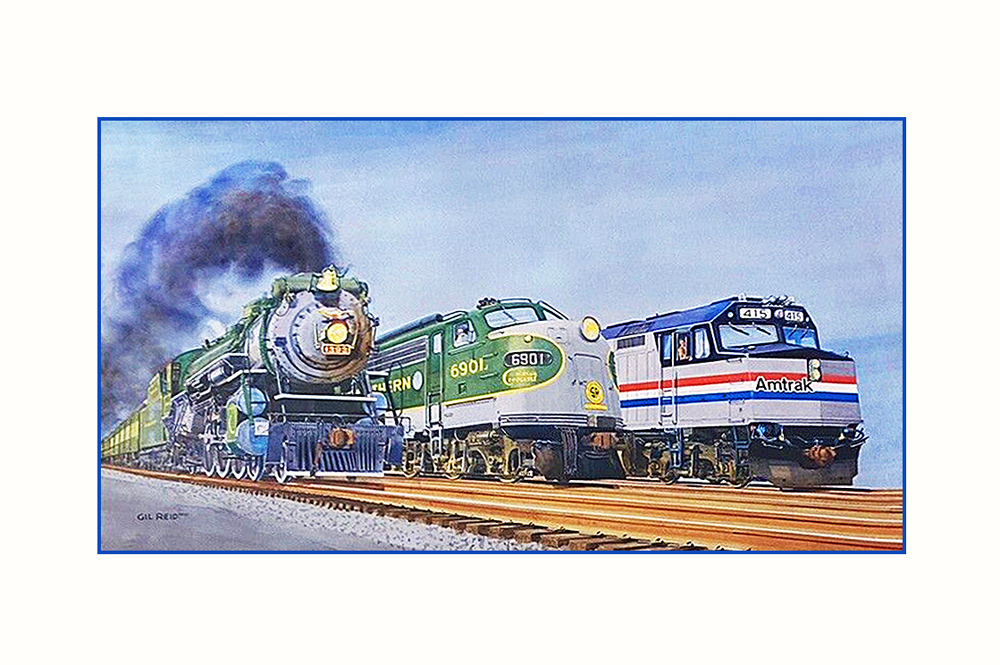
Read Doug Riddell’s previous column, “From the Cab: To an office on the top floor.”







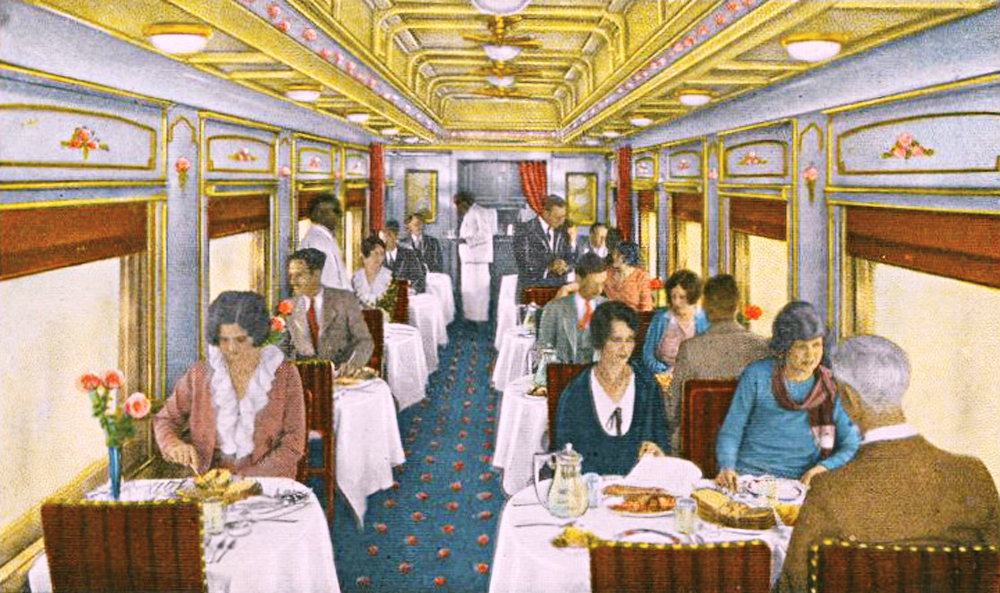
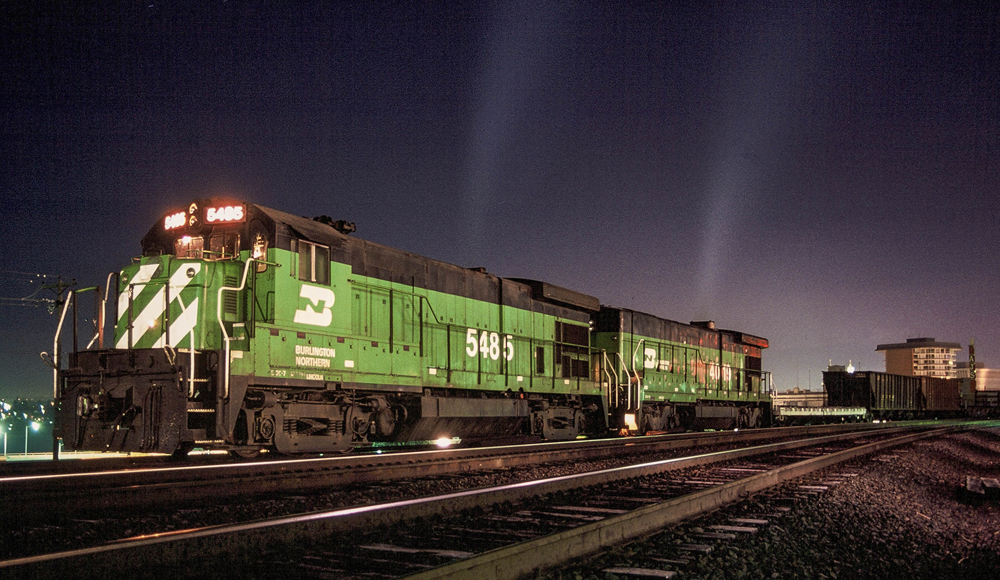
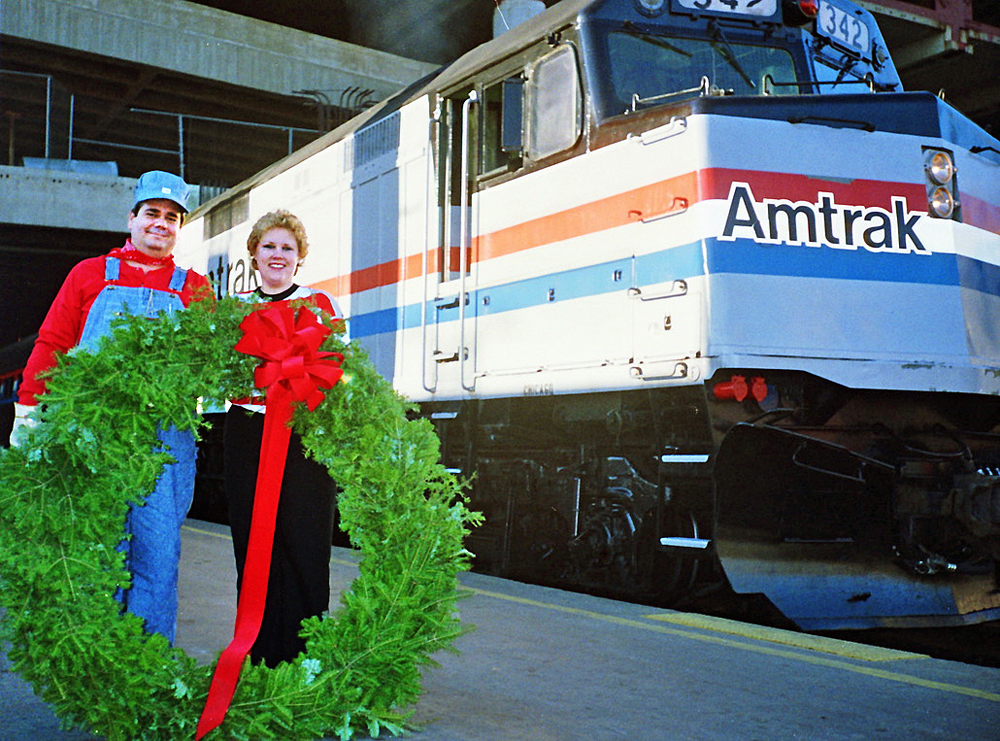




Thanks, John. I had to commute up to Lorton and back every day, and opted for one of our trains, rather than fight the I-95 traffic. Someone would meet me at the station at Woodbridge and take me over to my office. One day, when I was notified en route, that my ride would not be able to pick me up, I instructed the conductor to make a quick stop to let me off at Lorton, which he did. Problem was, he put it down on the delay report as delaying the train to let an Amtrak official off at an unscheduled stop. On the morning call with CSX, the delay to number 86, because of that stop, was brought up. I was told because of the complications surrounding on time performance payments to CSX, that I would never do that again. And I didn’t.
Ya can’t win…ya just can’t win…!
An office in Lorton….that would be my pick! Keep them coming!